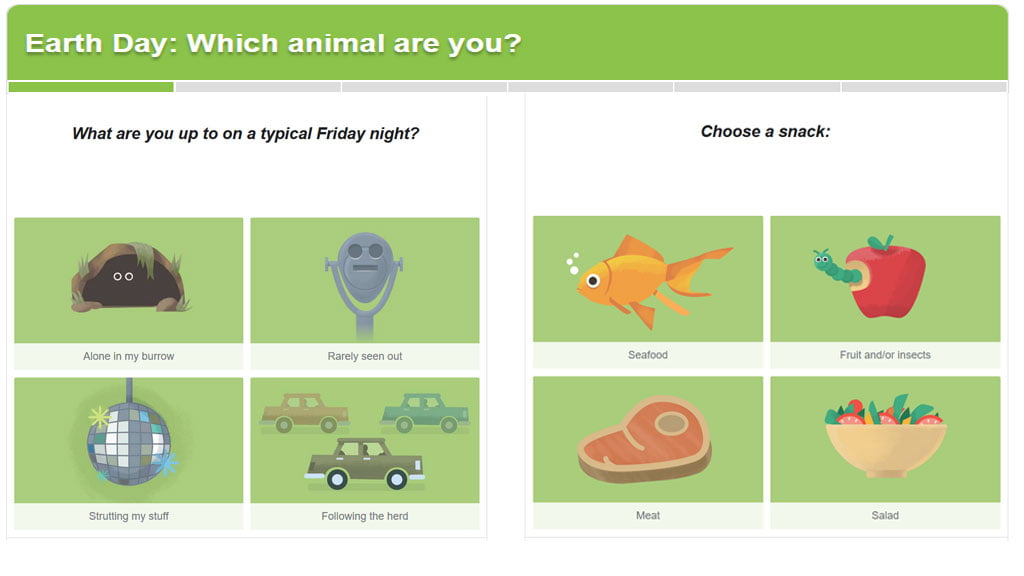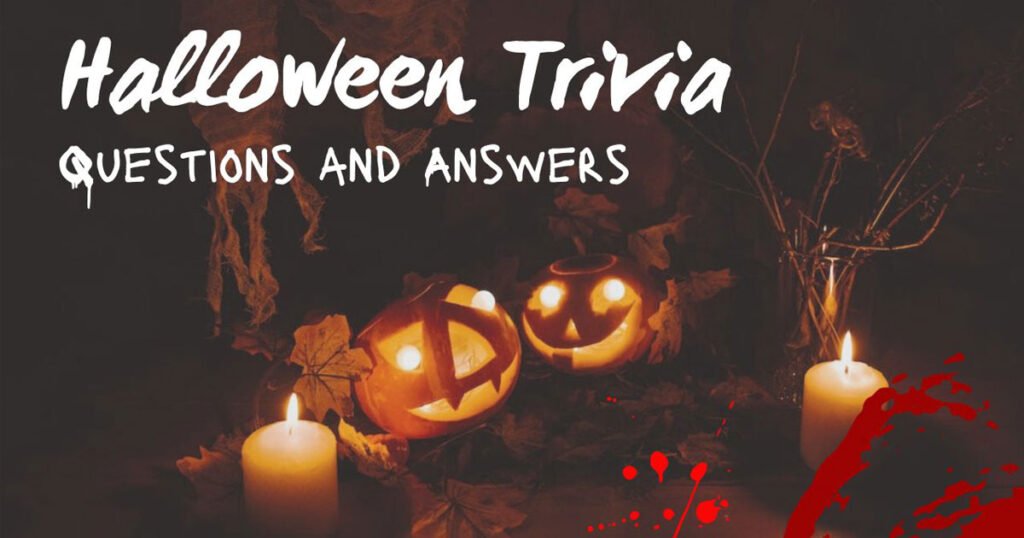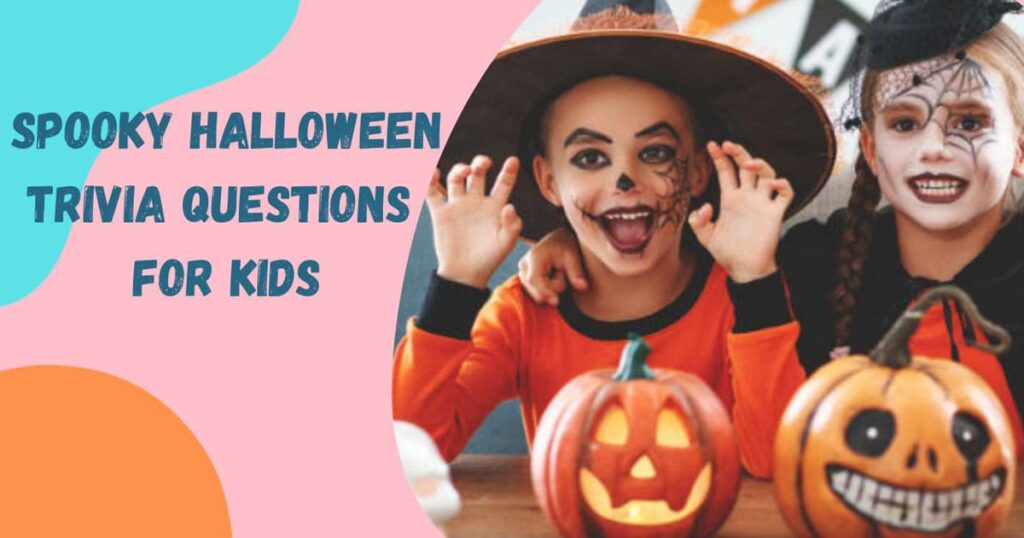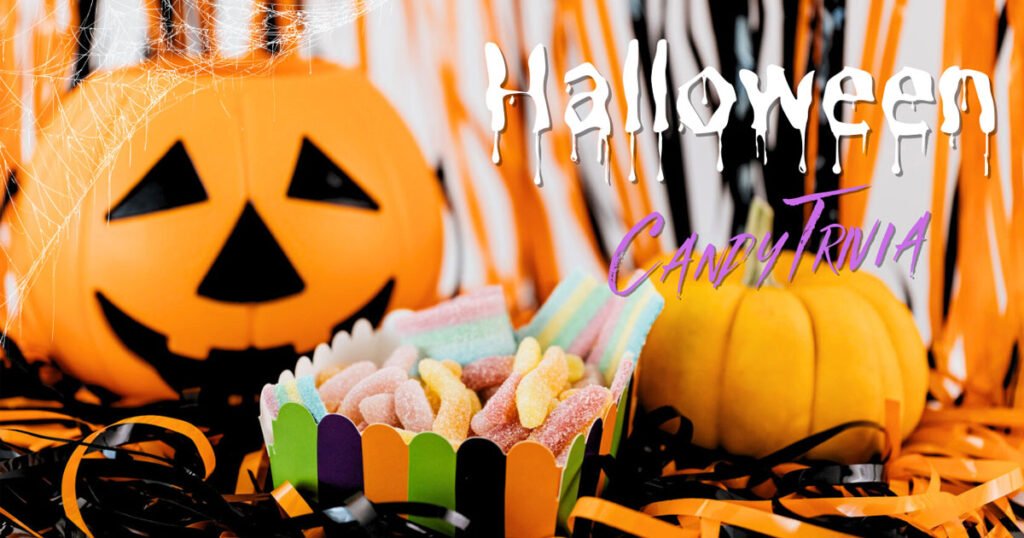Ireland is a country rich in history, culture, and natural beauty. Located on the western edge of Europe, it is known for its lush landscapes and vibrant cities. Dublin, the capital, is a hub of culture and history, offering a blend of modernity and tradition.
The country boasts stunning coastlines, ancient castles, and lively festivals. Irish folklore, music, and dance play a significant role in the nation’s identity. The people of Ireland are renowned for their hospitality and friendliness, making it a welcoming destination. Whether you’re exploring the scenic countryside or enjoying the bustling city life, Ireland offers a unique and memorable experience for visitors.
Irish History
Are you fascinated by Ireland’s rich history? Then dive into our engaging trivia questions and answers about Irish History. From ancient times to modern events, Ireland has a story that captivates everyone. Here, we’ll explore two main eras: Ancient Ireland and Modern Events.
Ancient Ireland
Ancient Ireland is filled with myths, legends, and historical events that have shaped its culture. The early settlers, known as the Celts, arrived around 500 BC. They brought with them their own unique traditions and beliefs.
Key Highlights of Ancient Ireland:
- Newgrange: A prehistoric monument older than the pyramids of Egypt.
- The Celts: Introduced the Ogham script, Ireland’s earliest form of writing.
- St. Patrick: Brought Christianity to Ireland in the 5th century AD.
Did you know that Newgrange is a 5,200-year-old passage tomb? It predates both Stonehenge and the Great Pyramid of Giza. The Celts also left behind fascinating artifacts and stories that continue to intrigue historians today.
Here’s a quick look at some significant ancient events:
| Event | Date |
|---|---|
| Arrival of the Celts | 500 BC |
| Construction of Newgrange | 3200 BC |
| St. Patrick’s Mission | 432 AD |
Modern Events
Modern Ireland has seen a series of pivotal events that have shaped its current identity. From the Easter Rising to becoming a republic, each event has left a significant mark on the nation.
Key Modern Events:
- Easter Rising: A 1916 rebellion against British rule.
- Irish Civil War: Took place from 1922 to 1923.
- Good Friday Agreement: Signed in 1998, it brought peace to Northern Ireland.
The Easter Rising was a defining moment in Irish history. It led to the eventual establishment of the Irish Free State in 1922. The Irish Civil War soon followed, lasting until 1923.
Check out this table of significant modern events:
| Event | Date |
|---|---|
| Easter Rising | 1916 |
| Irish Free State Established | 1922 |
| Good Friday Agreement | 1998 |
The Good Friday Agreement was a milestone, bringing peace and stability to Northern Ireland. These events have been instrumental in shaping modern Ireland and its place in the world.
Ireland Trivia Questions And Answers
Here’s a comprehensive list of 101 Ireland Trivia Questions, divided into categories. These questions cover a broad range of topics related to Ireland, including its history, geography, culture, literature, sports, and more.
History & Politics
Q: Who was the first President of Ireland?
A: Douglas Hyde.
Q: In which year did Ireland gain independence from Britain?
A: 1922.
Q: Which treaty led to the establishment of the Irish Free State?
A: The Anglo-Irish Treaty (1921).
Q: Who was the leader of the Irish Republican Army during the Irish War of Independence?
A: Michael Collins.
Q: What year did Ireland become a republic?
A: 1949.
Q: What is the name of the Irish parliament?
A: Oireachtas.
Q: What event is commemorated on the 1916 Easter Rising anniversary?
A: The Easter Rising against British rule in Ireland.
Q: Who was the longest-serving Taoiseach (Prime Minister) of Ireland?
A: John A. Costello.
Q: Which country ruled Ireland before its independence?
A: Great Britain.
Q: What is the name of the Irish national anthem?
A: “Amhrán na bhFiann” (The Soldier’s Song).
Q: Which Irish political party was founded by Eamon de Valera?
A: Fianna Fáil.
Q: In what year did Ireland join the European Economic Community (EEC)?
A: 1973.
Q: Which Irish city was the home of the Anglo-Irish Treaty negotiations in 1921?
A: London.
Q: Who was the first female president of Ireland?
A: Mary Robinson.
Q: What is the name of the Irish revolution that took place in 1919?
A: The Irish War of Independence.
Q: In which year did the Irish Civil War take place?
A: 1922-1923.
Q: What was the Irish revolutionary group that fought against British rule and fought for Irish independence?
A: The Irish Republican Army (IRA).
Q: Who was the first Irish woman to serve as a member of the European Parliament?
A: Mairead McGuinness.
Q: What is the capital of Northern Ireland?
A: Belfast.
Q: In which year did Ireland vote to legalize same-sex marriage?
A: 2015.
Geography Ireland Trivia Questions And Answers
Q: What is the capital of the Republic of Ireland?
A: Dublin.
Q: Which is the largest lake in Ireland?
A: Lough Neagh.
Q: What is the highest mountain in Ireland?
A: Carrauntoohil.
Q: Which Irish island is famous for its puffin population?
A: Skellig Michael.
Q: What river flows through Dublin?
A: River Liffey.
Q: Which county in Ireland is known for its Cliffs of Moher?
A: County Clare.
Q: What is the name of the largest peninsula in Ireland?
A: Dingle Peninsula.
Q: What is the largest city in Northern Ireland?
A: Belfast.
Q: Which Irish city is known as the “City of Tribes”?
A: Galway.
Q: What is the name of Ireland’s longest river?
A: River Shannon.
Q: Which mountain range is the longest in Ireland?
A: The Wicklow Mountains.
Q: What sea lies to the east of Ireland?
A: The Irish Sea.
Q: What is the name of the bay located on the west coast of County Cork?
A: Bantry Bay.
Q: Which county in Ireland is known for its Ring of Kerry?
A: County Kerry.
Q: What is the name of the northernmost point of Ireland?
A: Malin Head.
Culture & Traditions
Q: What is the traditional Irish instrument that is similar to a small harp?
A: Tin whistle.
Q: What is the name of the Irish traditional dance involving rapid leg and foot movements?
A: Irish stepdance.
Q: Which festival is celebrated in Ireland every year on March 17th?
A: St. Patrick’s Day.
Q: What is the Irish word for “hello”?
A: “Dia duit.”
Q: What is the symbol of Ireland often associated with St. Patrick’s Day?
A: The shamrock.
Q: Which drink is famously associated with Irish culture?
A: Guinness.
Q: What is the name of the Irish woolen fabric often used for sweaters?
A: Aran wool.
Q: What is a traditional Irish dish made of mashed potatoes, cabbage, and butter?
A: Colcannon.
Q: Which Irish folklore creature is known to grant three wishes?
A: The leprechaun.
Q: What is the traditional Irish breakfast often served with sausage, bacon, and eggs?
A: Full Irish breakfast.
Q: What is the name of the Irish stew made from lamb or beef, potatoes, onions, and carrots?
A: Irish stew.
Q: Which Irish holiday celebrates the harvest season?
A: Lammas Day.
Q: What is the term used for the Irish language?
A: Gaeilge.
Q: What is the Irish traditional game played with a stick and a ball, similar to field hockey?
A: Hurling.
Q: Which month in Ireland marks the beginning of the traditional harvest season?
A: September.
Sports Ireland Trivia Questions And Answers
Q: What is the most popular sport in Ireland?
A: Gaelic football.
Q: In what sport does Ireland compete in the Six Nations Championship?
A: Rugby.
Q: Which Irish golfer has won multiple major championships, including The Open Championship in 2007?
A: Padraig Harrington.
Q: Which famous Irish boxer won a gold medal at the 2012 London Olympics?
A: Katie Taylor.
Q: Which is the national hurling championship of Ireland?
A: The All-Ireland Senior Hurling Championship.
Q: What is the name of Ireland’s national soccer team’s stadium?
A: Aviva Stadium.
Q: Which Irish athlete is known as “The Cavan Boxer” and has competed in the world championships?
A: Carl Frampton.
Q: What is the name of the famous horse race held annually at the Curragh in County Kildare?
A: The Irish Derby.
Q: What popular cycling race is held annually in Ireland?
A: Rás Tailteann.
Q: In what sport is the All-Ireland Championship held annually?
A: Gaelic Football.
Famous People & Literature
Q: Who wrote the famous novel Ulysses?
A: James Joyce.
Q: Which famous Irish playwright wrote Waiting for Godot?
A: Samuel Beckett.
Q: Which Irish author wrote Dracula?
A: Bram Stoker.
Q: Who was the first Irish Nobel laureate in literature?
A: William Butler Yeats.
Q: What famous Irish singer is known for songs such as “With or Without You” and “I Still Haven’t Found What I’m Looking For”?
A: Bono (U2).
Q: Which famous Irish actor starred in Schindler’s List and Taken?
A: Liam Neeson.
Q: What is the name of the Irish author who wrote The Picture of Dorian Gray?
A: Oscar Wilde.
Q: Which Irish poet was born in County Kerry and was a leading figure in the Irish literary renaissance?
A: John Millington Synge.
Q: Which famous Irish singer and musician founded the band The Cranberries?
A: Dolores O’Riordan.
Q: Which Irish author is known for writing Angela’s Ashes?
A: Frank McCourt.
Q: Who was the first Irish woman to win a Nobel Prize in literature?
A: Mary Lavin.
Q: Which Irish poet is renowned for his work The Winding Stair?
A: William Butler Yeats.
Q: What Irish rock band is known for songs such as “Sunday Bloody Sunday” and “One”?
A: U2.
Q: Who wrote the Irish novel The Butcher Boy?
A: Patrick McCabe.
Q: Which famous Irish author is the creator of the Harry Potter series?
A: J.K. Rowling (although she is not Irish, she lived in Ireland for a while, influencing her work).
Miscellaneous Ireland Trivia Questions And Answers
Q: Which is the national symbol of Ireland?
A: The harp.
Q: What is the name of the famous prehistoric monument in County Meath, Ireland?
A: Newgrange.
Q: Which county is known for its scenic lakes and mountains, as well as its namesake whiskey?
A: County Wicklow.
Q: What type of bird is associated with the story of St. Kevin in Glendalough?
A: The blackbird.
Q: Which Irish island is famous for its early Christian monastic settlement?
A: Inishmore (Aran Islands).
Q: Which UNESCO site in Ireland is known for its ancient stone ring forts?
A: The Burren.
Q: What is the Irish term for the ancient celebration of winter solstice?
A: Imbolc.
Q: Which county in Ireland is known for the Ballycotton Lighthouse?
A: County Cork.
Q: What is the Irish term for a traditional Irish pub?
A: Pub or “Hostelry.”
Q: What is the name of the famous Irish luxury brand known for its tweed jackets and accessories?
A: Harris Tweed.
Q: What is the popular food item made of mashed potatoes and served in Ireland with vegetables and meat?
A: Boxty.
History & Politics
Q: Which treaty in 1801 created the United Kingdom of Great Britain and Ireland?
A: The Act of Union.
Q: Which famous Irish leader served as the President of Ireland from 1966 to 1973?
A: Éamon de Valera.
Q: What Irish city was the location of the 1847 Famine Relief Commission?
A: Cork.
Q: In which year did Ireland vote to abolish the death penalty?
A: 2001.
Q: What was the first Irish province to rebel against British rule during the Irish War of Independence?
A: County Cork.
Geography Ireland Trivia Questions And Answers
Q: What is the name of the river that forms the border between Ireland and Northern Ireland?
A: River Foyle.
Q: What is the name of the second-largest city in Ireland?
A: Cork.
Q: Which is the smallest county in Ireland by area?
A: Louth.
Q: Which island off the coast of County Donegal is famous for its large population of seals?
A: Tory Island.
Q: Which mountain range is located in the south of Ireland and is home to the famous Gap of Dunloe?
A: The Macgillycuddy’s Reeks.
Culture & Traditions
Q: What Irish dessert is made from meringue, cream, and fresh fruits, often berries?
A: Pavlova.
Q: What is the Irish folklore tale about the hero Cú Chulainn and the battle for Ulster?
A: The Cattle Raid of Cooley (Táin Bó Cúailnge).
Q: Which Irish festival is celebrated with bonfires and feasts marking the start of summer?
A: Beltane.
Q: Which traditional Irish music style involves solo fiddling and dancing?
A: Traditional Irish fiddling.
Q: What is the name of the traditional Irish sport that is a combination of football and rugby, often played during festivals?
A: Gaelic football.
Geography Facts
Do you love learning fun facts about Ireland? Get ready to dive into some amazing Ireland trivia questions and answers! In this section, we will explore fascinating geography facts about Ireland. From bustling cities to breathtaking natural landmarks, Ireland has a lot to offer. Let’s uncover some interesting details about this beautiful country.
Major Cities
Ireland has several major cities that are rich in history and culture. Each city has its own unique charm and attractions. Here are some of the most notable ones:
- Dublin: The capital city of Ireland, Dublin is known for its vibrant nightlife and historical landmarks. Key attractions include Trinity College, Dublin Castle, and the Guinness Storehouse.
- Cork: Often referred to as the “Rebel City,” Cork is the second-largest city in Ireland. It boasts a bustling port and attractions like the English Market and Blarney Castle.
- Galway: Located on the west coast, Galway is famous for its lively arts scene and stunning coastal views. Eyre Square and the Claddagh are must-visit spots.
- Limerick: This city is known for its medieval history and beautiful riverside views. King John’s Castle and the Hunt Museum are popular attractions.
Here is a table summarizing some key information about these cities:
| City | Population | Key Attraction |
|---|---|---|
| Dublin | 1.2 million | Trinity College |
| Cork | 210,000 | English Market |
| Galway | 80,000 | Eyre Square |
| Limerick | 94,000 | King John’s Castle |
Natural Landmarks
Ireland is home to some of the most stunning natural landmarks in the world. These landmarks offer breathtaking views and unforgettable experiences. Here are a few must-see natural wonders:
- Cliffs of Moher: These towering cliffs on the west coast offer spectacular ocean views. They rise 700 feet above the Atlantic Ocean and are a popular tourist destination.
- Giant’s Causeway: Located in Northern Ireland, this UNESCO World Heritage site features unique hexagonal basalt columns. It’s a natural wonder formed by volcanic activity.
- Ring of Kerry: This scenic drive around the Iveragh Peninsula offers stunning views of mountains, lakes, and coastline. It’s one of the most famous tourist routes in Ireland.
- Glendalough: Nestled in the Wicklow Mountains, this glacial valley is known for its beautiful lakes and ancient monastic site. It’s a perfect spot for hiking and exploring history.
Here is a table highlighting these natural landmarks:
| Landmark | Location | Key Feature |
|---|---|---|
| Cliffs of Moher | County Clare | 700 feet tall cliffs |
| Giant’s Causeway | County Antrim | Hexagonal basalt columns |
| Ring of Kerry | County Kerry | Scenic drive |
| Glendalough | County Wicklow | Glacial valley |
FAQs About Ireland Trivia Questions And Answers
What Is The Capital Of Ireland?
The capital of Ireland is Dublin. It is the largest city in Ireland. Dublin is known for its rich history and vibrant culture.
What Is The National Symbol Of Ireland?
The national symbol of Ireland is the shamrock. The shamrock is a type of clover. It is associated with St. Patrick, the patron saint of Ireland.
How Many Counties Are In Ireland?
Ireland has a total of 32 counties. These counties are divided into four provinces. The provinces are Leinster, Munster, Connacht, and Ulster.
What Is Ireland’s Official Language?
Ireland has two official languages: Irish and English. Irish is also known as Gaelic. English is the most commonly spoken language.
Conclusion
Exploring Ireland’s trivia is a fun way to learn about its rich history and culture. These questions and answers offer a delightful challenge for all ages. Keep testing your knowledge and share these interesting facts with friends. Ireland’s charm lies in its fascinating stories and unique heritage.
Dive deeper and continue the adventure!



